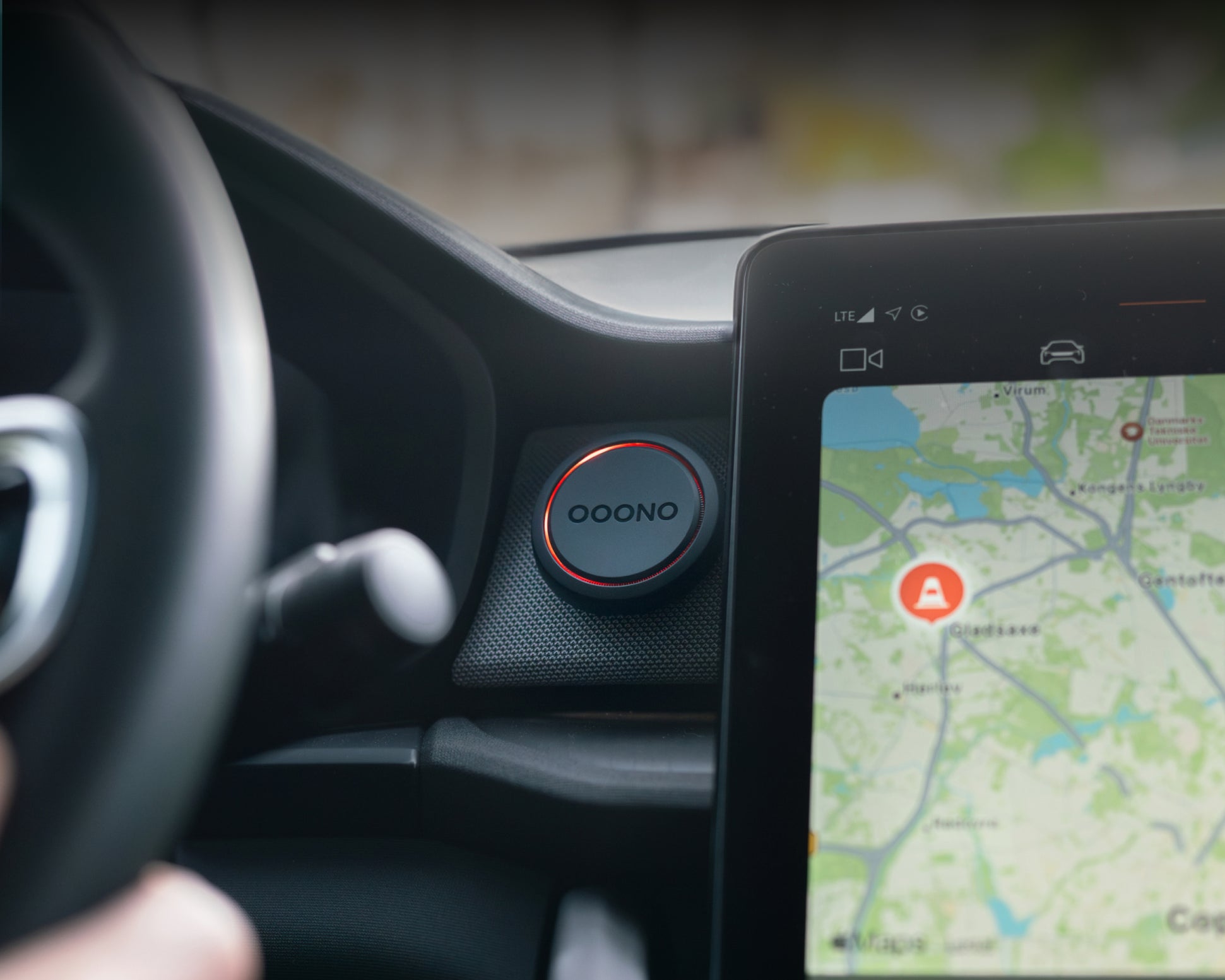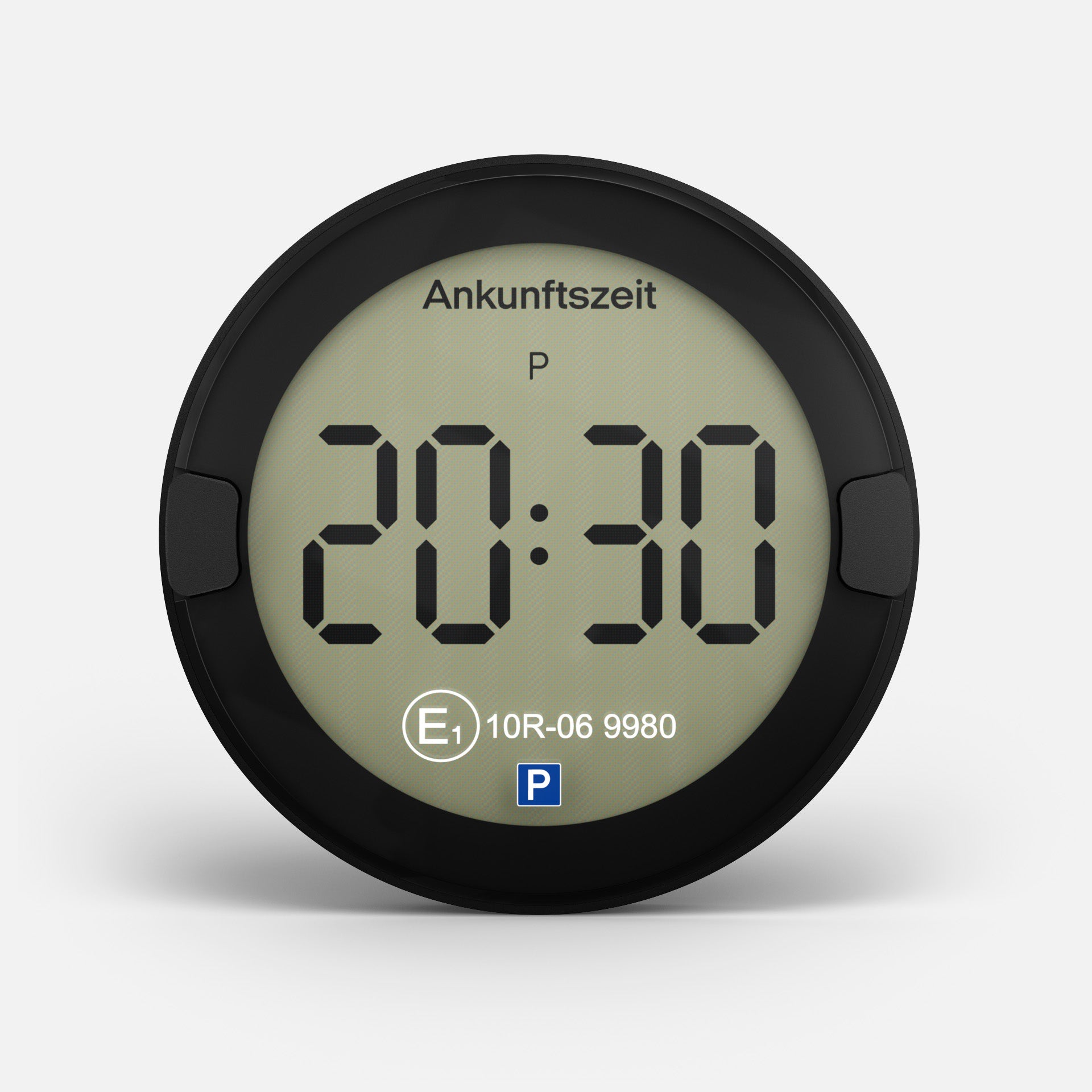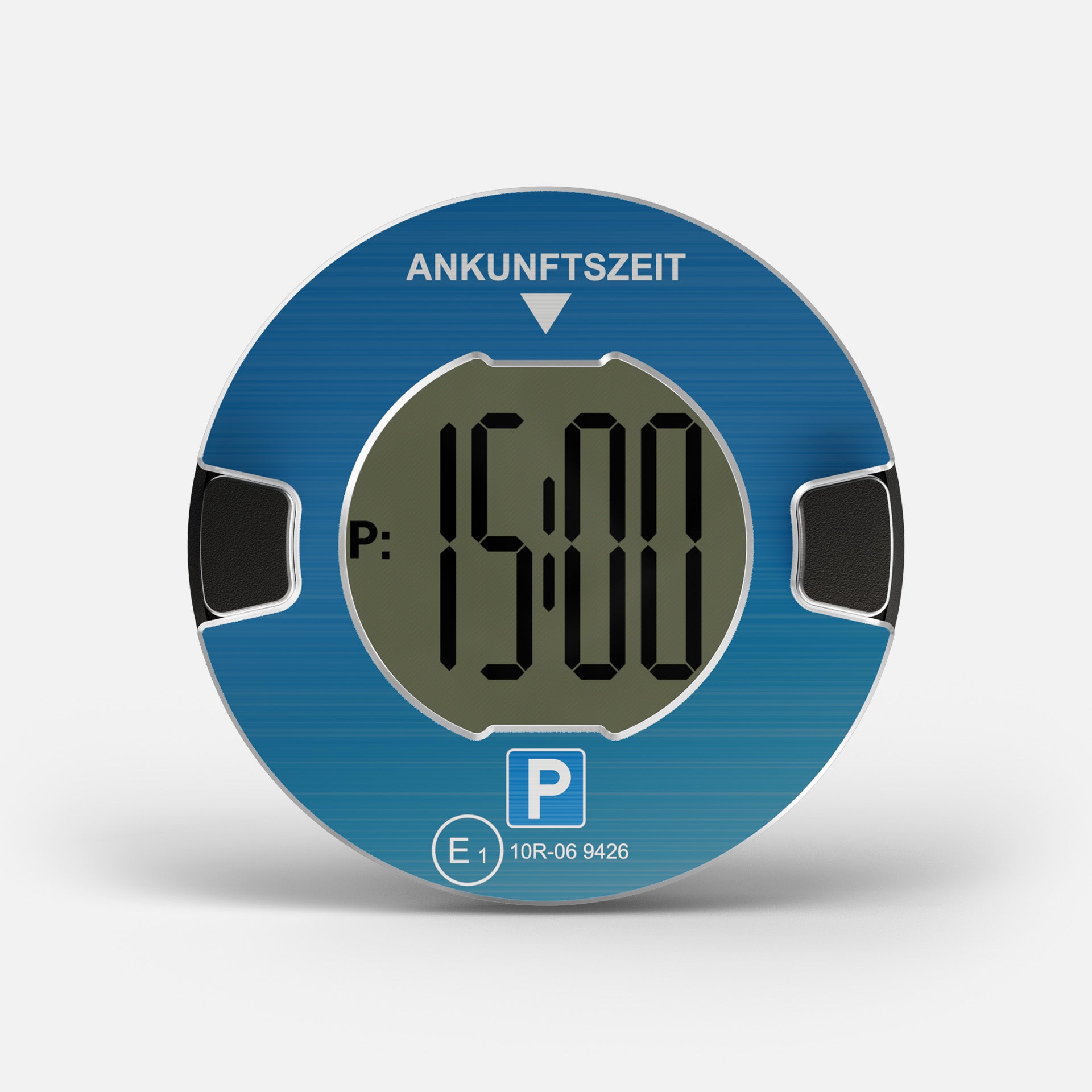UK Speed-Camera Rules for ‘25/’26: What Every Driver Should Know
Speed-camera enforcement across the UK has undergone its most meaningful update in over a decade. From new placement rules to stricter calibration standards, 2025 brings clearer expectations for drivers — and stronger protections when challenging unfair penalties.
Whether you’re commuting, doing the school run or heading out of town, understanding these changes can help you stay compliant and avoid unnecessary fines.

1. What’s New?
Several updates to UK speed-camera enforcement have been introduced, including:
- Stricter rules governing where cameras can be positioned
- Improved signage and advance warning requirements
- Tougher technical and calibration standards for equipment
- New protocols for mobile speed-camera vans
- Stronger grounds for drivers appealing questionable fines
These rules reflect an ongoing effort to balance road safety with transparency and fairness.
2. Where Speed Cameras Can Be Placed
UK regulations state that fixed speed cameras must serve a demonstrable road-safety purpose. In practice, this means a camera should be installed only when there’s:
- A history of collisions or speeding
- A specific hazard (e.g., junctions, crossings, dangerous bends)
- Evidence that other enforcement methods aren't suitable
Local authorities are also required to justify new placements and keep records of why each location is chosen.
3. The UK’s Updated Signage Requirements
One of the biggest differences between the UK and many European countries is our commitment to clear advance warning signs.
Minimum distances between a warning sign and a speed camera typically include:
- Motorways & dual carriageways: 300m
- Single-carriageway A-roads: 200m
- Urban roads: 100m
- School zones: Enhanced signage, often with time-specific warnings
The intention is deterrence — helping drivers reduce speed safely rather than catching them by surprise.
4. Mobile Speed-Camera Vans: What’s Required Now
Mobile enforcement remains a major area of confusion for drivers, and the new guidelines aim to improve visibility and fairness. Operators must:
- Make the van clearly visible to approaching traffic
- Use high-visibility markings and clothing
- Display required signage where applicable
- Keep detailed notes of location, weather and visibility
- Use equipment that holds a valid, in-date calibration certificate
If you believe a van was obscured or signage missing, this can now be a legitimate basis for challenging a fine.
5. Calibration & Accuracy Standards
Modern UK speed-camera equipment must meet strict accuracy thresholds:
- ±2mph at speeds up to 66mph
- ±3% for speeds above that
All devices must be regularly tested and certified. An expired or missing certificate is now one of the strongest grounds for appeal.
6. Your Rights When Challenging a Fine
In 2025, several legal precedents have strengthened drivers’ rights. You may be able to challenge a penalty if:
Technical issues
- The camera was not properly calibrated
- Signage was missing or placed incorrectly
- Equipment was faulty
- The camera’s placement didn’t meet required guidelines
Procedural issues
- Image evidence is unclear
- The wrong vehicle was identified
- Notification processes weren’t followed correctly
Gathering simple evidence — photographs, weather notes, witness statements — can significantly increase your chances of a successful appeal.
7. Differences Across England, Wales & Scotland
While the core rules are UK-wide, some regional variations exist:
England & Wales
- Wales includes additional protections around schools and hospitals
- Several regions operate extended hours for mobile enforcement
Scotland
- Requires more community consultation before cameras are installed
- Follows a slightly different appeals process
- Some rural areas apply different deployment criteria
8. How Drivers Can Stay Protected in 2025
The simplest strategy is still the best: drive at appropriate speeds and stay alert to changing road conditions.
Helpful habits include:
- Noting where enforcement regularly occurs
- Understanding your car’s true speedometer accuracy
- Using supportive technology (e.g. OOONO CO-DRIVER’s)
- Taking photos if you believe signage or visibility was inadequate
Tools like the OOONO CO-DRIVER help keep you aware of fixed and mobile enforcement zones — a smart complement to attentive driving.
9. The Bottom Line
Speed-camera enforcement is becoming more consistent, more transparent and more technologically advanced. These updates aim to reduce accidents — but they also ensure drivers have clearer rights.
By understanding the 2025 rules, UK motorists can feel more confident on the road, avoid unnecessary penalties and challenge unfair enforcement when it happens.







